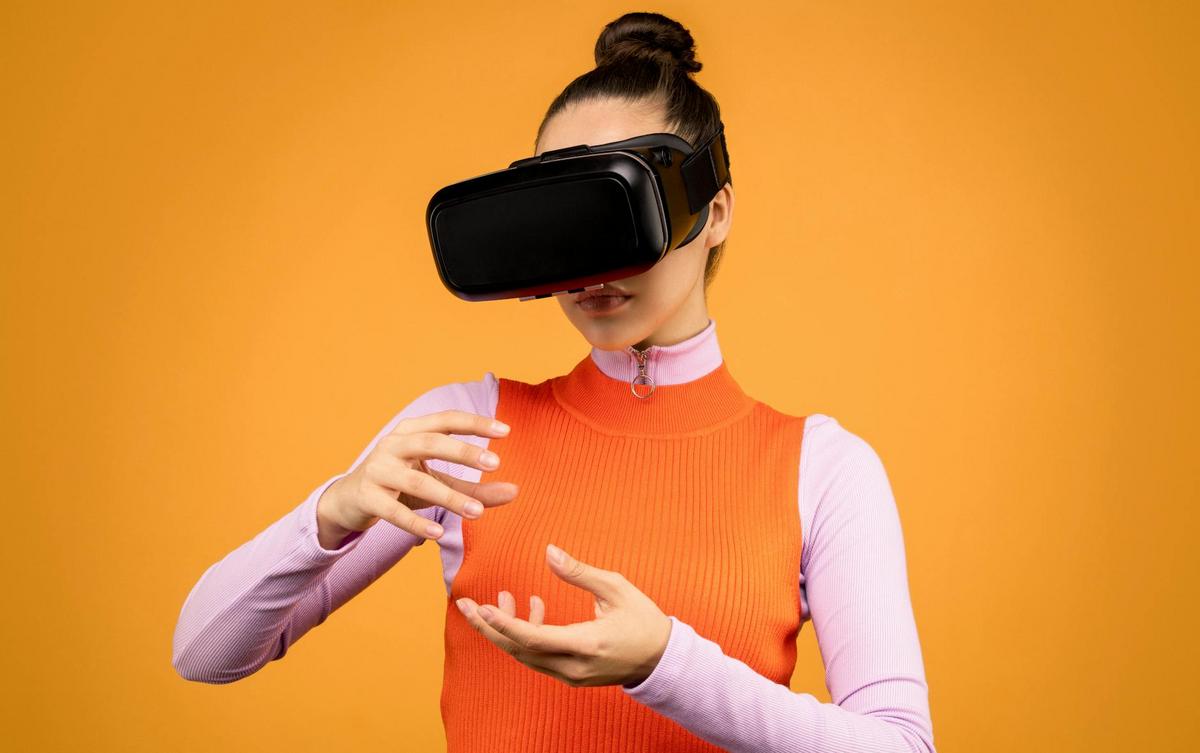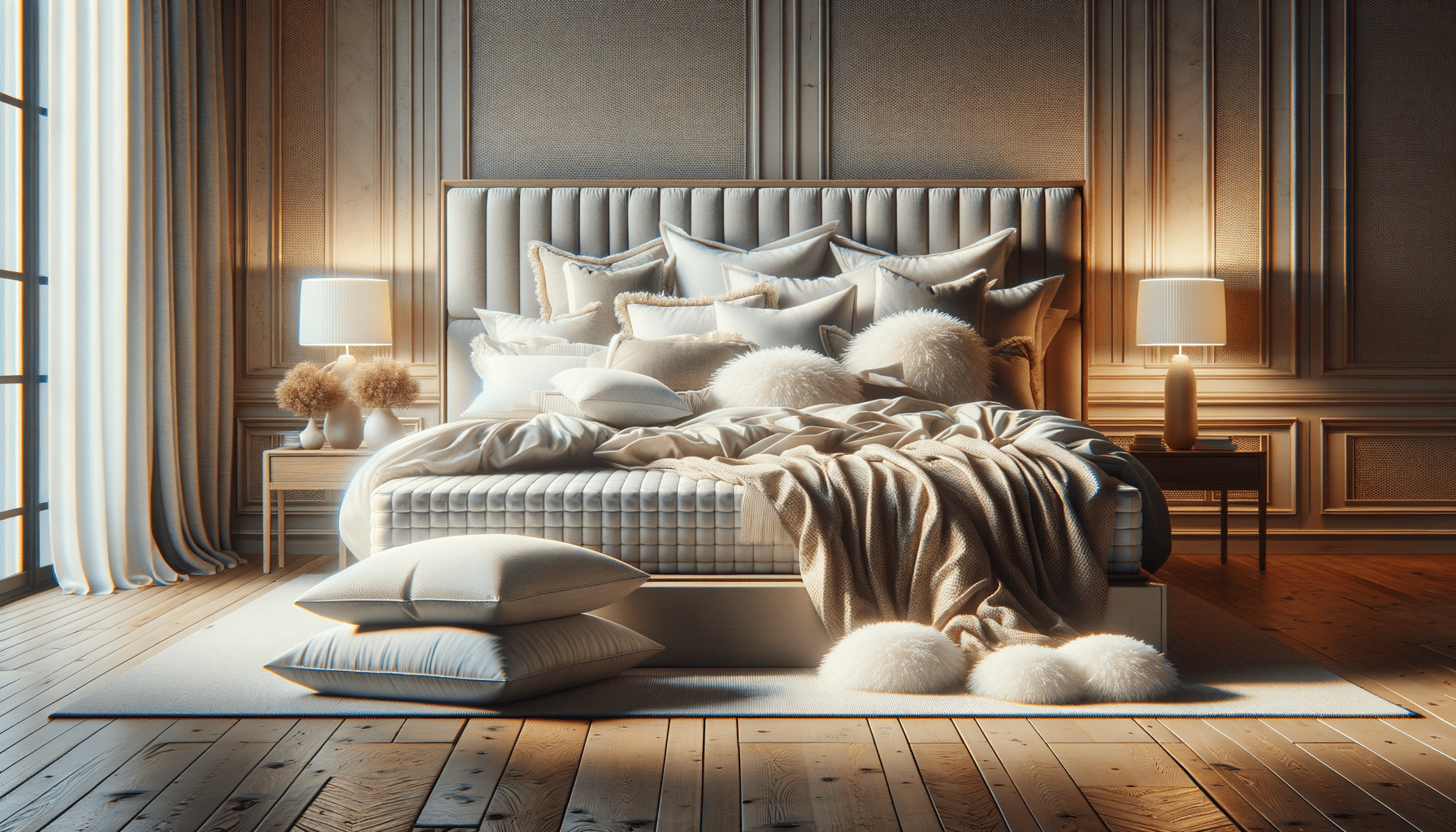
How Augmented Reality is Enhancing the Fashion Retail Experience
Augmented Reality (AR) is revolutionizing the fashion retail landscape, offering customers an immersive and interactive shopping experience like never before.
The fashion industry is undergoing a significant transformation, thanks to the integration of augmented reality (AR) technology. As retailers seek to enhance customer engagement and streamline the shopping process, AR is becoming an invaluable tool in bridging the gap between physical and digital experiences.
Transforming the Shopping Experience
AR technology allows customers to visualize products in real-time, providing a virtual try-before-you-buy experience. According to a report by Gartner, 100 million consumers are expected to use AR in shopping by 2026. This shift is largely driven by the convenience and personalization that AR offers, allowing shoppers to see how clothes will look on them without stepping into a fitting room.
Expert Insights
“Augmented reality is not just a trend; it’s a paradigm shift in consumer interaction,” says Maxwell Novak, a technology analyst specializing in retail innovations. “Brands that embrace AR are likely to see higher customer satisfaction and increased sales.”
Practical Applications in Fashion Retail
From virtual fitting rooms to interactive mirrors, AR applications are diverse and growing. Retailers can create a seamless experience by integrating AR into their mobile apps, allowing customers to try on clothes virtually. This not only enhances customer satisfaction but also reduces return rates, as buyers are more confident in their purchase decisions.
Personal Anecdotes
Take, for example, a shopper named Ivy, who recently used an AR app to try on a range of dresses from the comfort of her home. “It was like having a personal stylist,” she remarked. “I could see how each dress fit and moved, which made choosing the right one much easier.”
Statistics and Research
A study by Deloitte highlights that retailers implementing AR see an average increase in conversion rates of around 25%. This statistic underscores the potential of AR to not only attract but also retain customers by offering a unique and engaging shopping experience.
| Aspect | Pre-AR | Post-AR |
|---|---|---|
| Customer Engagement | Moderate | High |
| Return Rates | High | Reduced |
| Conversion Rates | Standard | Increased |
| Customer Satisfaction | Average | Enhanced |
| Sales | Steady | Boosted |
| Brand Loyalty | Fluctuating | Strengthened |
| Shopping Experience | Traditional | Innovative |
| Product Visualization | Limited | Enhanced |
Actionable Tips for Retailers
- Invest in AR technology to create immersive shopping experiences.
- Incorporate virtual fitting rooms to reduce returns and increase customer satisfaction.
- Collaborate with tech experts to integrate seamless AR solutions into existing platforms.
Consider offering personalized AR experiences that allow customers to customize products in real-time, enhancing engagement and driving sales.
FAQs
What is augmented reality in fashion retail?
Augmented reality in fashion retail involves using technology to overlay digital elements onto the real world, allowing customers to try on clothes virtually and experience products in a new way.
How does AR benefit retailers?
AR enhances customer engagement, boosts conversion rates, reduces return rates, and strengthens brand loyalty by providing a unique and personalized shopping experience.
Is AR expensive to implement?
While there is an initial investment required, the long-term benefits of increased sales and customer satisfaction can outweigh the costs.
Conclusion
As augmented reality continues to evolve, its impact on the fashion retail sector becomes increasingly profound. By embracing AR, retailers can offer an innovative, engaging, and personalized shopping experience that keeps customers coming back. Whether you’re a consumer looking for convenience or a retailer aiming for excellence, AR is shaping the future of fashion retail in remarkable ways.
